Research projects
In our quantum materials research, we investigate various correlated and exotic materials, including superconductors and magnetic materials. Research is carried out within Bachelor-, Master- and PhD theses, and postdoctoral projects and is supported by different grants.

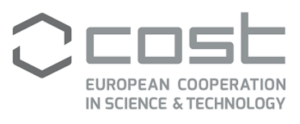
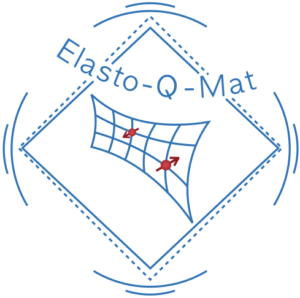
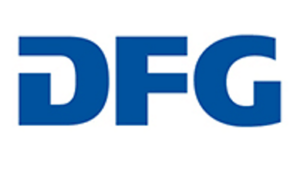



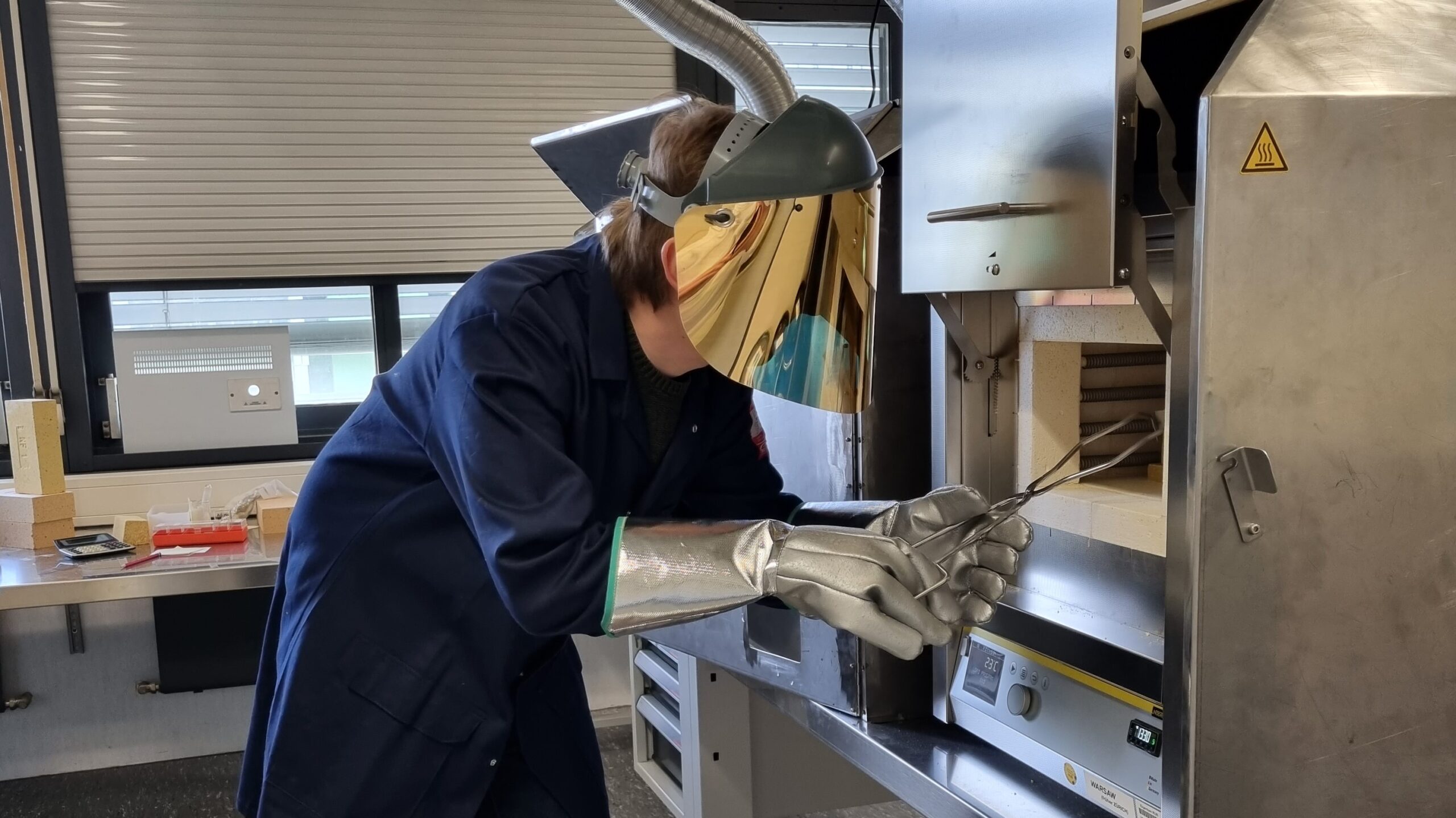
Third-party funded projects
Distorting unconventional superconductivity – A grasp of electronic phases with multiple broken symmetries
ERC Starting Grant “Distort-to-grasp” (2023-2027)
When electrons in a solid interact strongly, they can form novel states of matter with fascinating technological possibilities and intriguing intellectual challenges. They might realize the macroscopic quantum state with dissipationsless transport – superconductivity – or spontaneously lose spherical symmetry – an electronic nematic state. Surprisingly, more and more nematic superconductors, combining both, have recently been discovered.
Such observations suggest a fundamental link between nematicity and superconductivity that is not yet understood. Progress is hindered by an acute lack of systematic data on the nematicity-superconductivity interaction, due to the absence of routine high-resolution probes of nematicity that are applicable in the superconducting state. Accurately determining lattice distortions and elastic moduli would be suitable, but the corresponding classic techniques are not possible or practical for many novel materials.
To relieve this scarcity of knowledge, we will newly establish a novel “distortiometry” approach based on measuring a material’s elastic response to anisotropic stress. Taking full advantage of established capacitance dilatometry and recent advances in strain-tuning techniques, the approach will be at the center of a specialized programme based on distortions to get a grasp of nematic superconductivity.
Uniaxial- and biaxial-strain-induced phase switching in itininerant AT2X2-type antiferromagnets
CRC/TRR288 – Subproject A02 (2020-2024)
We make use of anisotropic mechanical strain to gain control over the magnetic phases of correlated electron materials. Uniaxial or biaxial strain is a particularly interesting tuning parameter for these materials because of its symmetry-related selectivity. Such strains are also perfectly adapted to anisotropic or layered crystal structures which typically exhibit a highly anisotropic response to pressure. Thus, strain is able to sensitively impact electronic order beyond what can be achieved using hydrostatic pressure and may provide a key to disentangle the effect of various (magnetic) interactions. We investigate a number of Fe- and Co-based AT2X2-systems with layered crystal structure which exhibit highly strain-sensitive itinerant antiferromagnetism. Prominent examples are Fe-As based 122-type materials, which are are driven to strong correlations as KFe2As2, RbFe2As2 and CsFe2As2, but also their Co-based cousings that show complex antiferromagnetism.
Transregional collaborative research center “Elastic Tuning and Response of Electronic Quantum Phases of Matter”: The ELASTO-Q-MAT initiative, embodied by this CRC/TRR 288, has the goal to understand, advance, and exploit new physical phenomena emerging from a particularly strong coupling between a material’s elasticity and its electronic quantum phases. To this end, we will study the effects of elastic tuning and elastic response of various types of electronic order in representative classes of quantum materials that share a high sensitivity to intrinsic strain or externally applied stress fields.
Composite collective excitations in correlated quantum materials
Mercur Cooperation (2022-2024)
Composite collective excitations consist of at least two established excitations in solid state systems; such as the hybrid state of a light quantum, a photon, with solid state excitations (a polariton). We are aiming at composite collective excitations in solid state systems, which are so far only very little studied. Yet they constitute interesting novel quantum objects carrying energy and information, prone to dominate in hybrid structures, i.e. composite devices built from at least two materials providing a way to control their properties, as well as in bulk materials with multiple coexisting order parameters. The goal of the present Cooperation is to open this field by studying such excitations first in homogeneous bulk materials. This will yield an experimental platform for their study and help to develop a quantitative theoretical understanding.
The project brings together two newly appointed experimental professors (Böhmer, Wang) with complementary expertise in the synthesis of correlated quantum materials and their thermodynamic and spectroscopic investigation with two experienced theory professors in the field of advanced theory methods (Eremin, Uhrig). It will pave the way for future coordinated research programs.
Co-PIs: Ilya Eremin (RU Bochum), Zhe Wang (TU Dortmund), Götz Uhrig (TU Dortmund)
Development of high-throughput discovery of quantum materials
Materials Research Department, RUB (2021-2023)
Quantum materials can realize exotic effects such as dissipationless transport, magnetic levitation, or storage of quantum information. Subtle, structural or chemical, material features sensitively influence these quantities which allows for functionalization, switching and tuning. Physically-dominated high-performance materials form one of the three corners of the research programme of the center for interface-dominated high-performance materials (ZGH). Surfaces and interfaces play an important role for quantum materials, e.g., in systems with reduced symmetry, and are often the location of exotic properties. The two areas will greatly benefit from the interaction by sharing complementary state-of-the-art experimental tools and scientific approaches, for example in the investigation of the important subtle structural and chemical features of many quantum materials.
Together with the expertise of the chair for materials discovery and interfaces (Alfred Ludwig, RUB), we are working on a novel approach for the accelerated discovery and design of new quantum materials. We greatly profit from the experimental facilities of the center for interface dominated high-performance materials (zgh.rub.de) and a link with solid-state theory (I. Eremin, RUB).
Concluded master theses
Preparation and Characterization of Complex Potassium-Containing Compounds
Jutta Püttmann, 2022
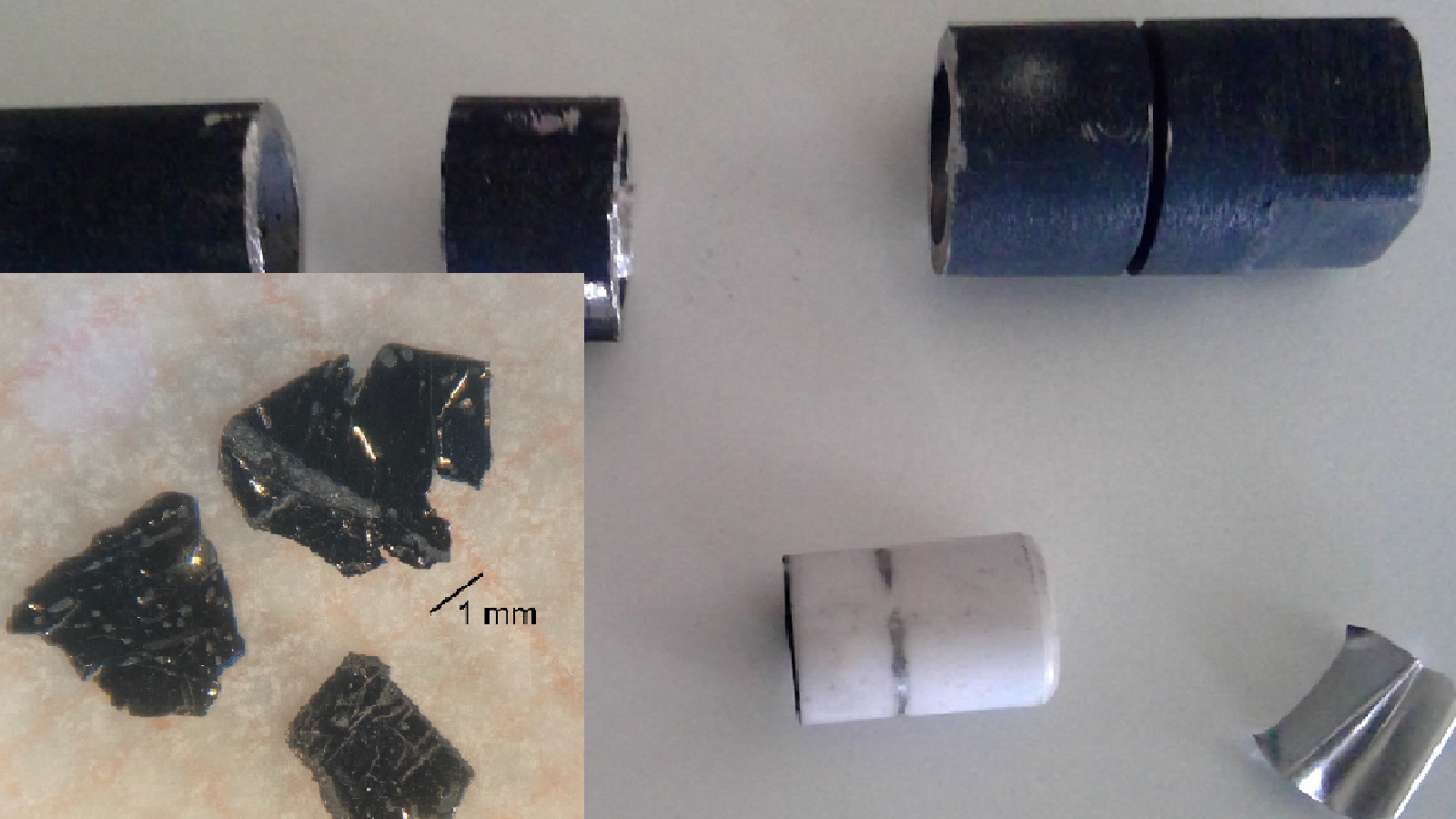
Iron-based 122-compounds with ThCr2Si2 structure have been intensely studied over the past decades. Potassium-based chalcogenides, such as KxFe2≠ySe2, have attracted attention due to their high-temperature superconductivity, their strong electronic correlations and their complex microstructure dominated by vacancies and phase separation. Recently, with KFe0.8Ag1.2Te2 a possibility was found to study an iron chalcogenide 122-systems without vacancies on the alkali site or in the Fe-Ag plane. This system has been reported to feature a superstructure in the Fe-Ag with interesting magnetic and nematic ordering.
The growth of potassium-based single crystals is challenging due to the high vapor pressure and reactivity of potassium. A new, affordable and efficient growth technique was developed using containers made from high-temperature resistant stainless steel that can be sealed without any air exposure of the starting materials. They were used to grow KFe1≠xAg1+yCh2-crystals with tellurium or selenium on the chalcogenide (Ch) site. The growth by self-flux was optimized with respect to the starting material composition. The obtained crystals were characterized by EDX and XRD. Determined were chemical composition parameters. The XRD patterns were further analyzed for signs of superstructure in the Fe-Ag plane. No evidence for a superstructure was found for the analyzed crystals. Additionally, resistance measurements were carried out. They did not show any signs of phase transitions but confirmed the expected semiconducting behavior of the samples.
Optimization of Single-Crystal Growth and Physical Properties of Substituted FeSe
Maik Golombiewski, 2022

High-quality single crystals are of major importance for the detailed characterization of materials. Chemical Vapor Transport (CVT) is a method to grow single crystals and has been used to grow, among others, high-quality FeSe single crystals. Although many have used this technique, few have described the method in detail. In this thesis, the growth and optimization of growth parameters of FeSe single crystals are presented. Parameters which can be used to influence the growth are examined and the conditions which have yielded the best results are discussed. The focus lies on the FeSe-system and, in particular, the substitution of sulfur for selenium. This substitution is of interest because it gives the possibility to investigate how chemical pressure influences the phase transitions of FeSe. FeSe is an unconventional superconductor which does not exhibit magnetic order under normal conditions. Under pressure, however, magnetic order is observed, but the small magnetic moment makes more detailed studies difficult. A substitution, introducing chemical pressure to the system, could have the same effect as external pressure and give rise to magnetic order. In order to study the magnetic order in detail with methods such as neutron scattering, large single crystals would
be needed. In this work, FeSe1−xSx single crystals with sulfur content up to x = 0.28 were successfully grown. Crystals up to x = 0.12 are particularly large with masses around 3 mg. The single crystals are studied using energy dispersive x-ray spectroscopy, powder x-ray diffraction experiments and low-temperature resistance measurements.
Synthesis of Single-Crystalline Cs-Mn-P Compounds and Study of their Low Temperature Physical Properties
Matthias Kroll, 2025
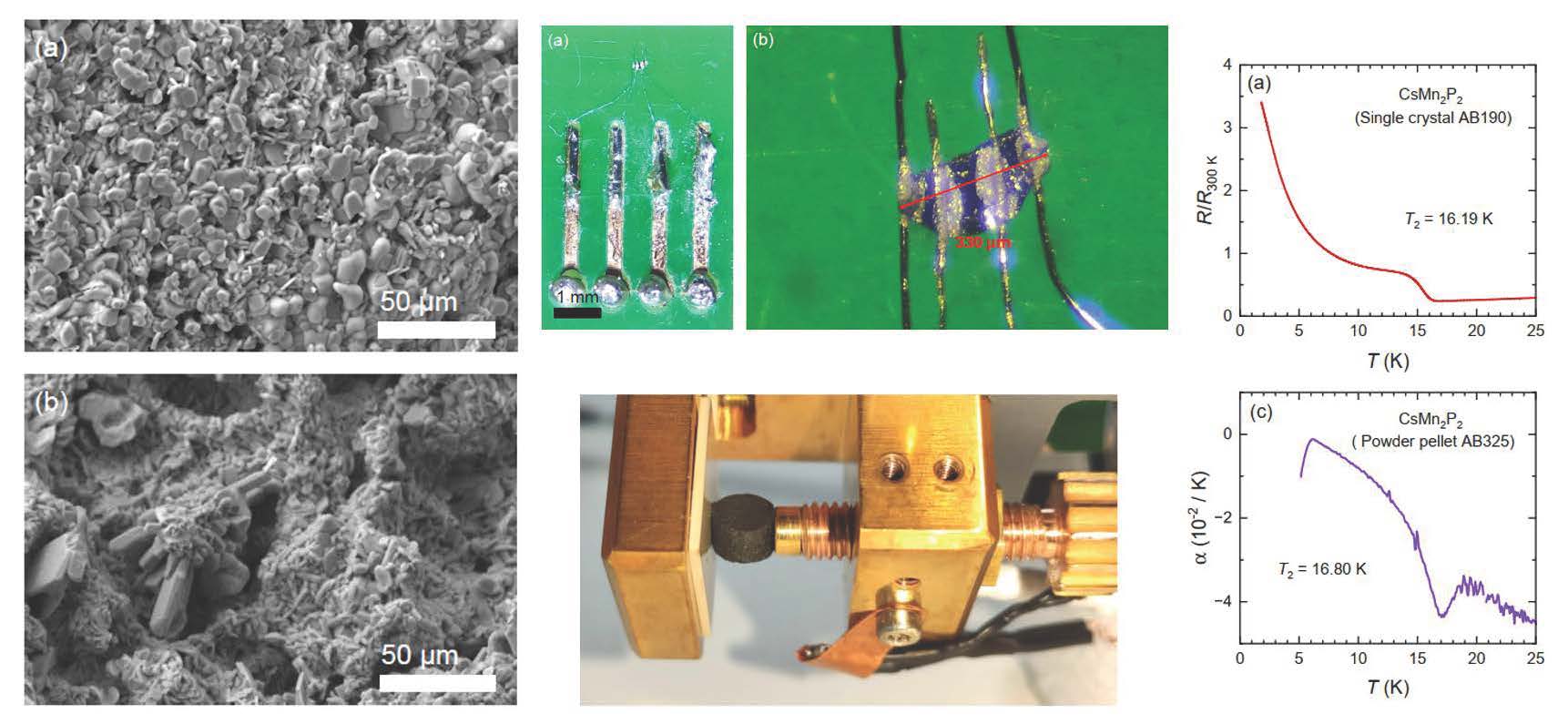
The growth of CsMn2P2 single crystals is challenging due to the high vapor pressure of cesium and phosphorus and the high melting point of manganese. The growth conditions for the reproducible synthesis of CsMn2P2 single crystals was optimized by systematically studying various growth techniques. The quantity and quality of the
phase of interest in the resulting samples was characterized by x-ray powder diffrac-tion, electron microscopy and energy-dispersive x-ray analysis. Thermal-expansion and magnetic field-dependent resistivity measurements at low temperatures were performed to analyze the nature of the three phase transitions at 64, 17 and 11 K that cannot be explained conclusively so far. At 17 K, a dramatic change of the electrical-transport behavior as well as a large thermal-expansion anomaly were observed. Furthermore, a high-resolution capacitive dilatometer for soft and fragile samples was constructed, calibrated, and optimized, and subsequently used to perform the thermal expansion measurements on CsMn2P2 and other materials.
Single Crystal Synthesis of Intercalated Bi2Se3 and Investigation of its Anisotropic Low Temperature Properties in Magnetic Fields
Max Brückner, 2025
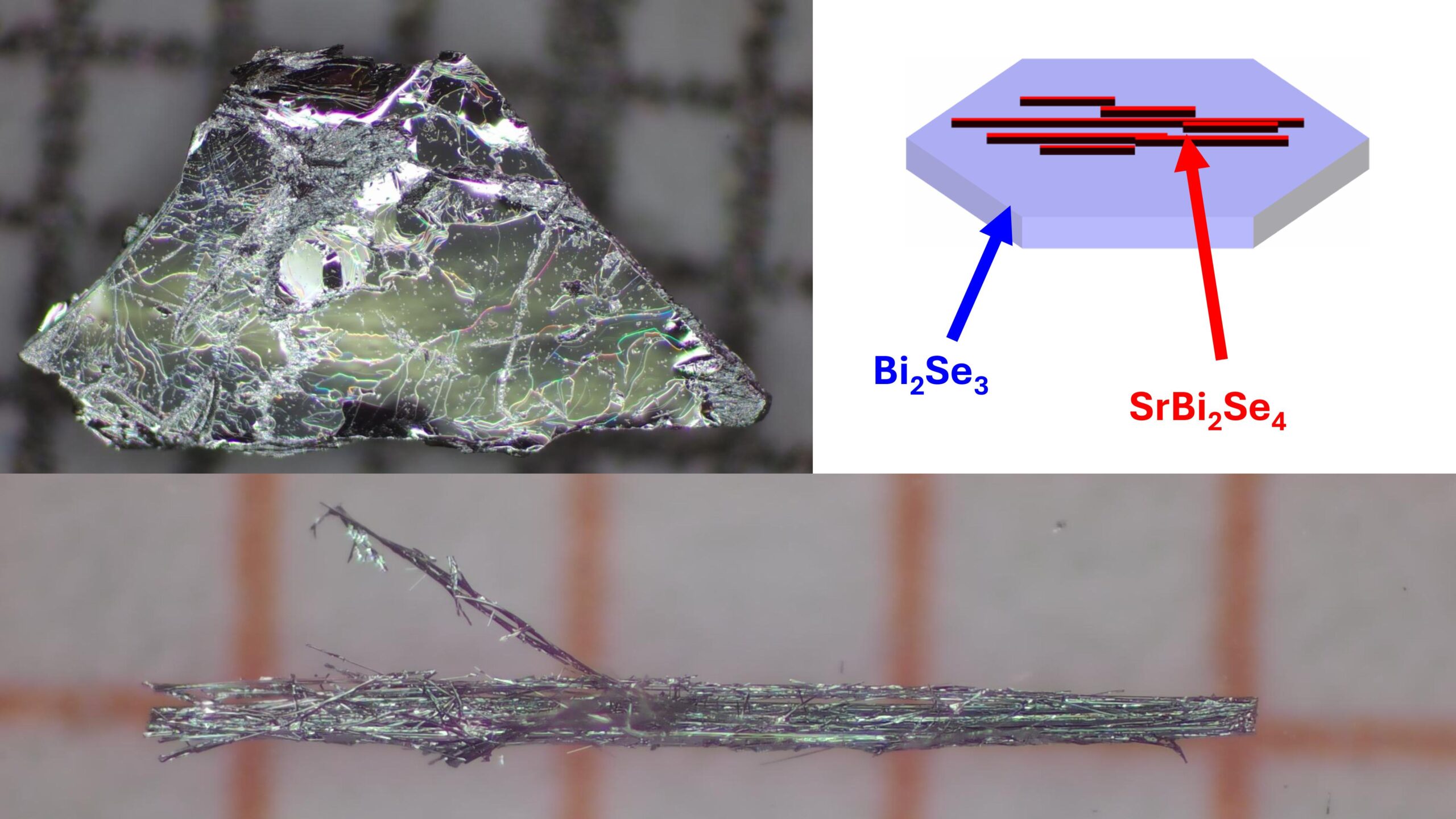
Bi2Se3 is a topological insulator in which Sr intercalation is reported to induce superconductivity [1] at around 3 K. The material has an unexpected two-fold anisotropy of the upper critical field Hc2 in the hexagonal basal plane [2]. I examined how the properties relate to different single crystal growth conditions, including growth from a stoichiometric melt and self-flux growth from a Bi-rich melt. Sr could not be detected using energy dispersive X-ray emission spectroscopy. I determined the atomic Sr content by proton-induced X-ray emission spectroscopy as 0.02% to 0.4%. I found out that superconducting phase SrBi2Se4 is present as a secondary phase within plate-like SrxBi2Se3 samples and has a higher solidification temperature than Bi2Se3. The phase fraction was measured as 0.4% and 2% which corresponds to an atomic Sr content of 0.08% and 0.4%. Temperature-dependent resistance measurements in magnetic fields showed superconductivity with Tc = 2−3 K for both SrxBi2Se3 and SrBi2Se4. For SrxBi2Se3 a shielding fraction of 0.18% and 1.5% was measured at 1.5 K. The superconducting resistance properties of SrBi2Se4 are similar to those of SrxBi2Se3 except for a rotation in the direction-dependent properties in magnetic fields and a finite resistance at base temperature in all SrxBi2Se3 samples.
The most plausible conclusion from this work is that not Sr intercalation but intergrown SrBi2Se4 is the origin of superconductivity in Bi2Se3 and causes the two-fold anisotropy of Hc2.
Concluded bachelor theses
Untersuchung und Anwendung von Kontrollparametern für die Erforschung von Quantenmaterialien: Temperatur, Magnetfeld, Dehnung
Max Brückner, 2022

Study and Application of Tuning Parameters for Quantum Materials: Temperature, Magnetic Field and Strain
Entwicklung von effizienter Selbstfluss-Einkristall-Züchtung binärer Mn-basierter Systeme
Chelsea Ehigiator, 2022
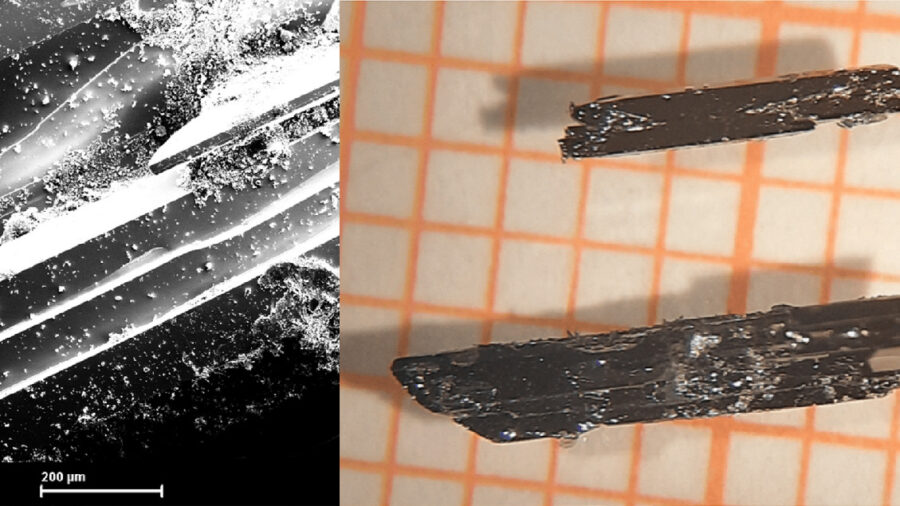
Development of efficient self-flux single-crystal synthesis of binary Mn-based compounds
Kalibrierung und Anwendung eines kapazitiven Dilatometers bei tiefen Temperaturen
Maximilian van de Loo, 2023
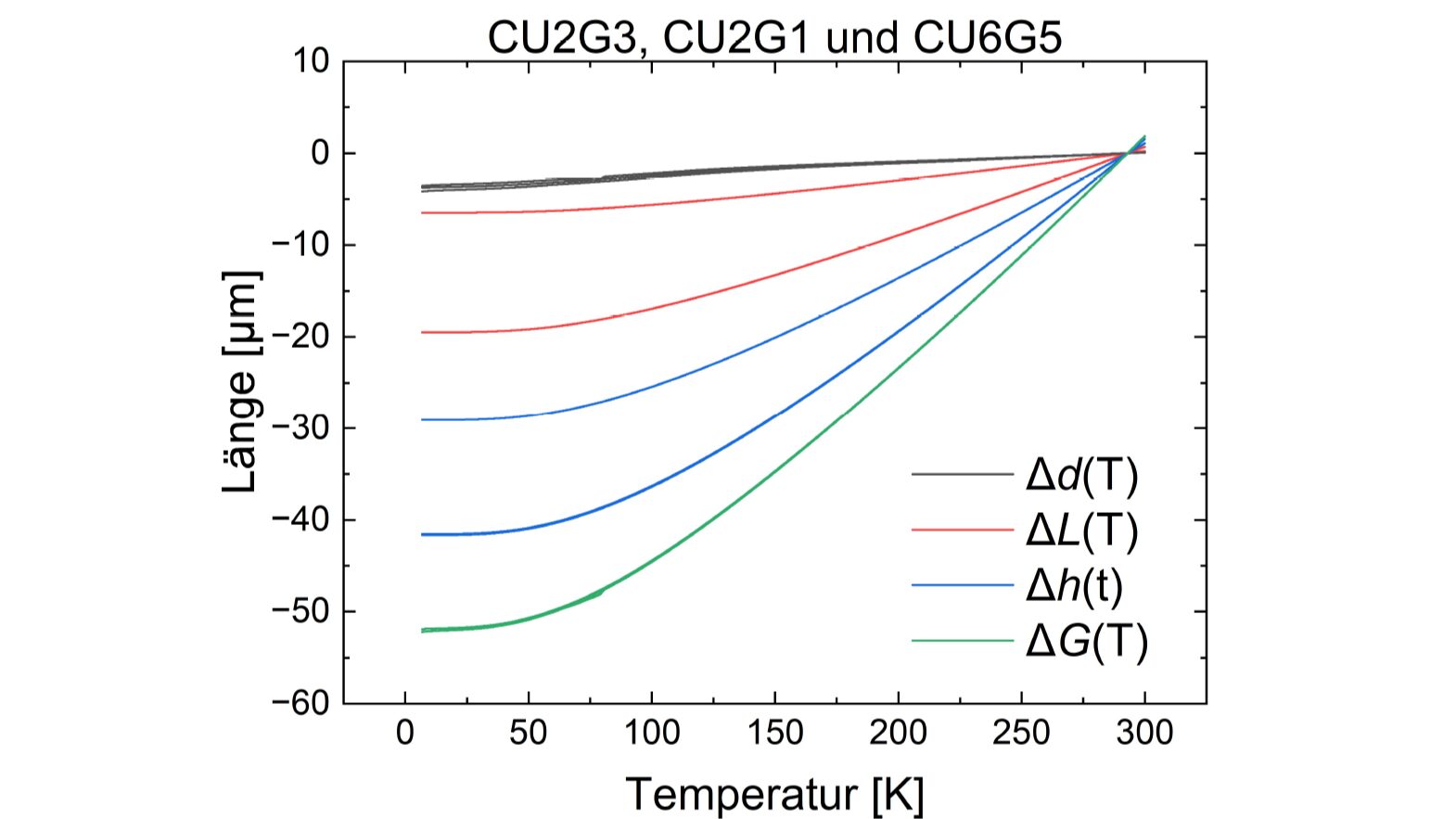
Calibration and Utilization of a Capacitance Dilatometer at Low Temperatures
Optimierung der Selbstflusszüchtung und Charakterisierung von SrxBi2Se3-Einkristallen
Fatih Cetin, 2023
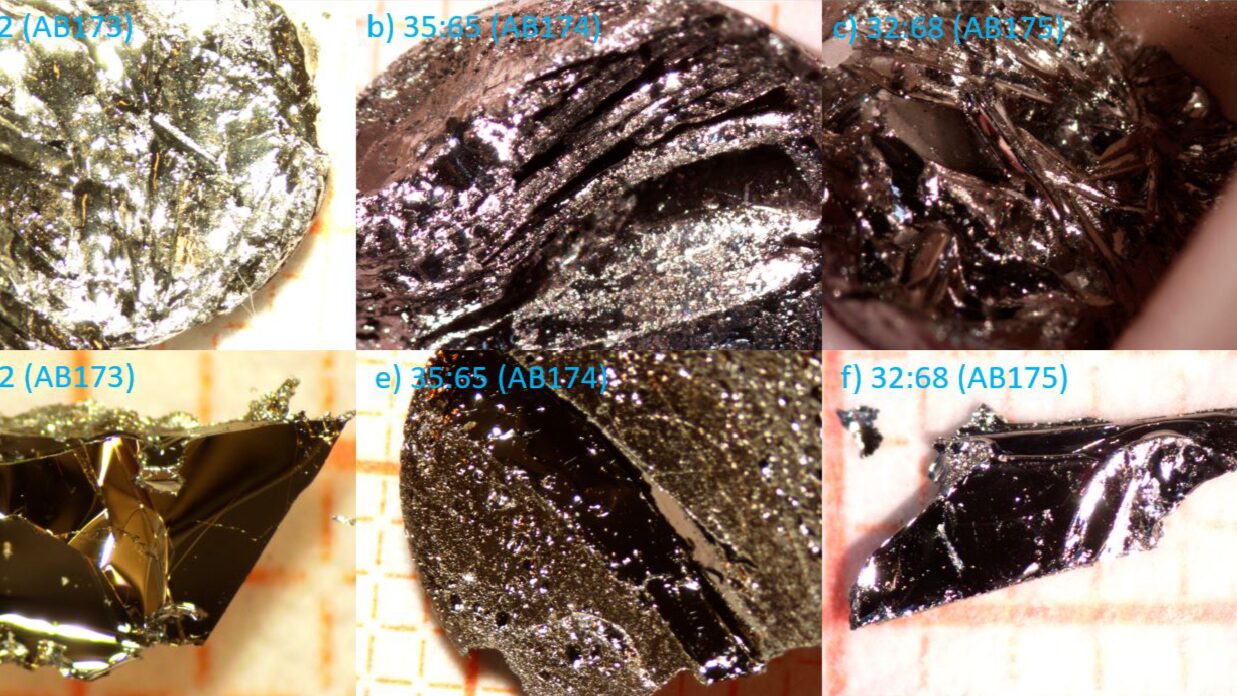
Optimization of Self-Flux Growth and Characterization of SrxBi2Se3 Single Crystals
Entwicklung von Präparationswegen und Charakterisierung von
Übergangsmetall-substituierten FeSb2-Filmen
Martin Kostka, 2023
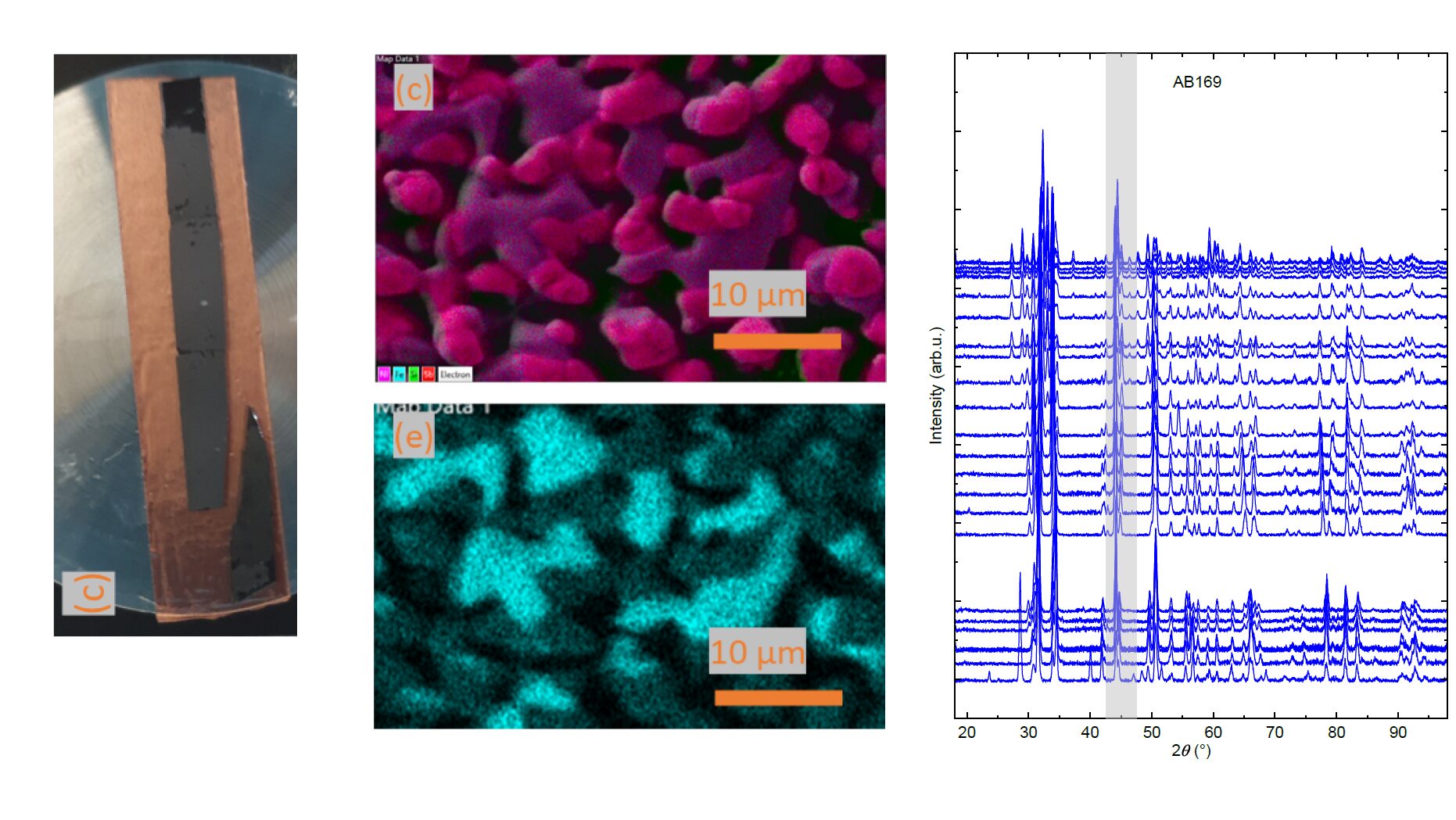
Development of Preparation Routes and Characterisation of Transition-Metal Substituted FeSb2-Films
Implementierung einer Razorbill-Strain-Cell für die Untersuchung des martensitischen Phasenübergangs von NiTi nahe Raumtemperatur
Simon Knudsen, 2023
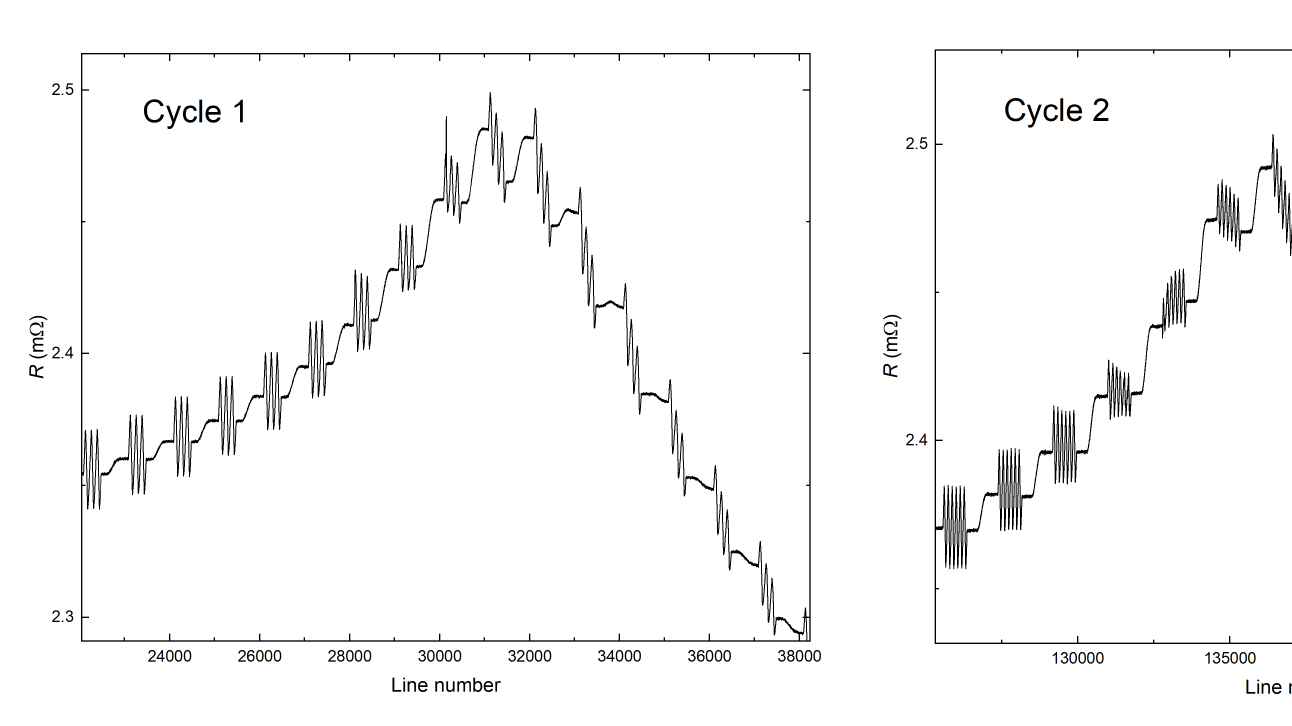
Implementation of a Razorbill Strain Cell for the Study of the Martensitic Phase Transition of NiTi near Room Temperature
Synthese, Charakterisierung und elektrischer Transport bei niedrigen Temperaturen von ternären Sr-Bi-Se- und Nb-Bi-Se-Verbindungen
Jule Kirschke, 2024
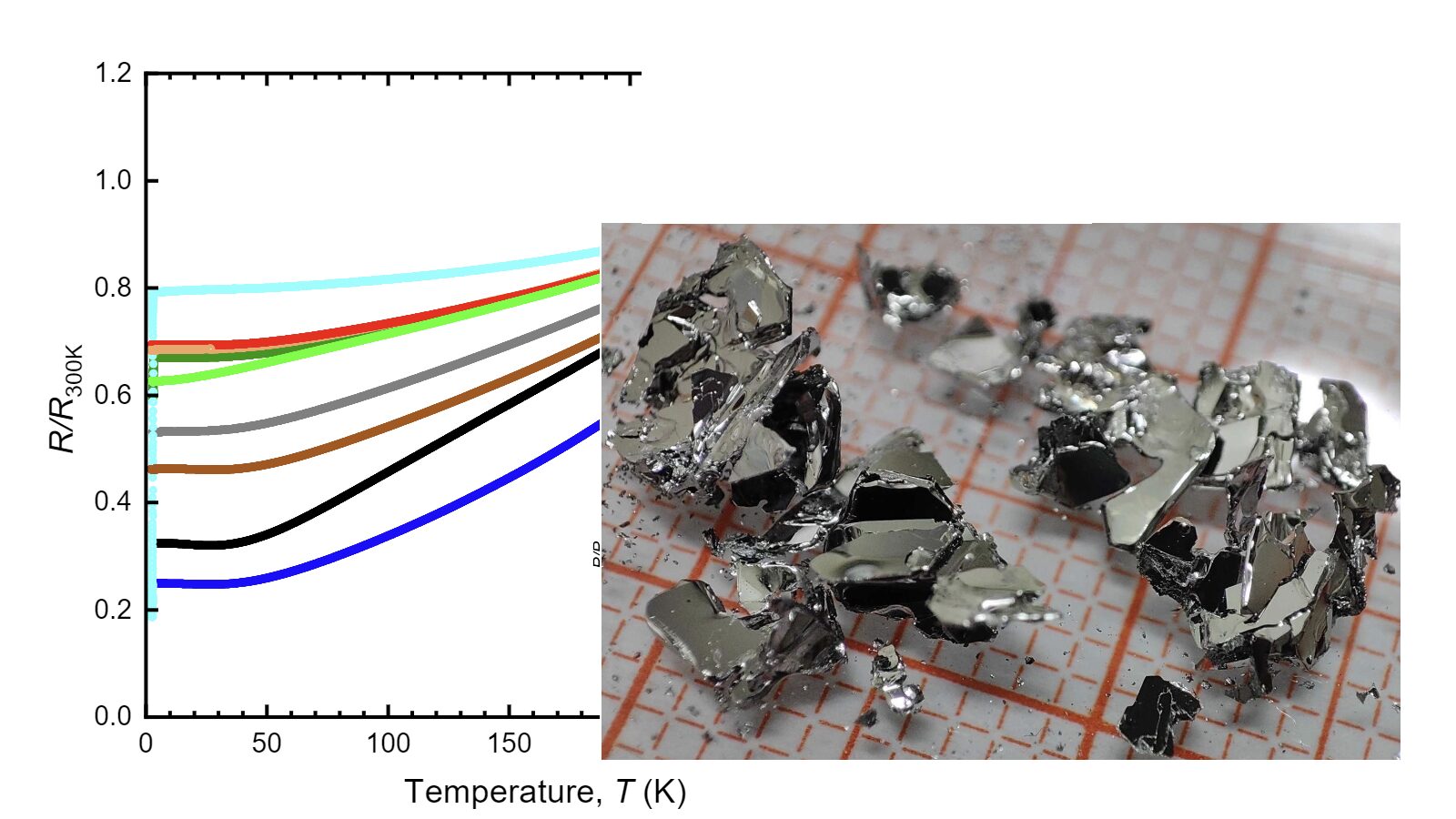
Development of Preparation Routes and Characterisation of Transition-Metal Substituted FeSb2-Films
Anisotroper Elastowiderstand von CaMn2P2 und SrMn2P2 mit einem Phasenübergang erster Ordnung
Joscha Fin Grunwald, 2024
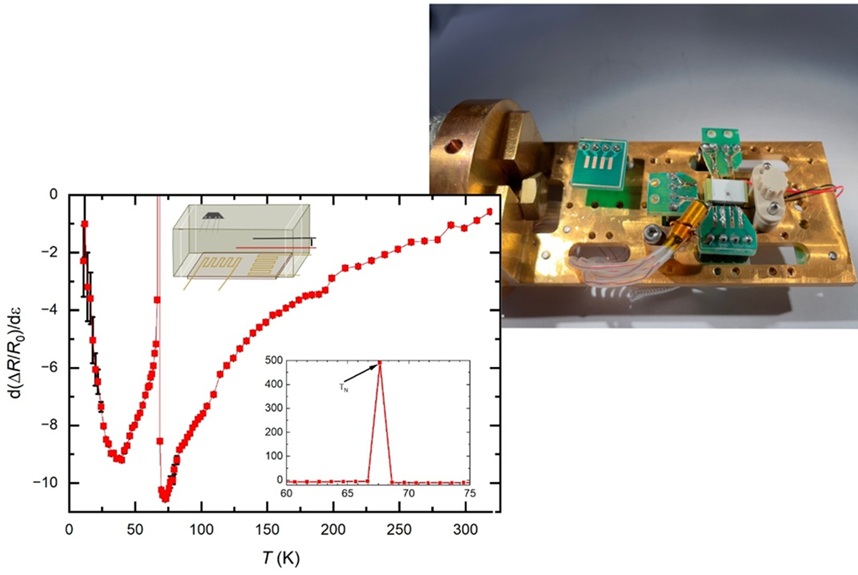
Anisotropic Elastoresistance of CaMn2P2 and SrMn2P2 with a First-Order Phase Transition
Studie über die Dehnungsabhängigkeit des elektrischen Widerstands von NbSe2 bei niedrigen Temperaturen.
Tianyi Xu, 2024
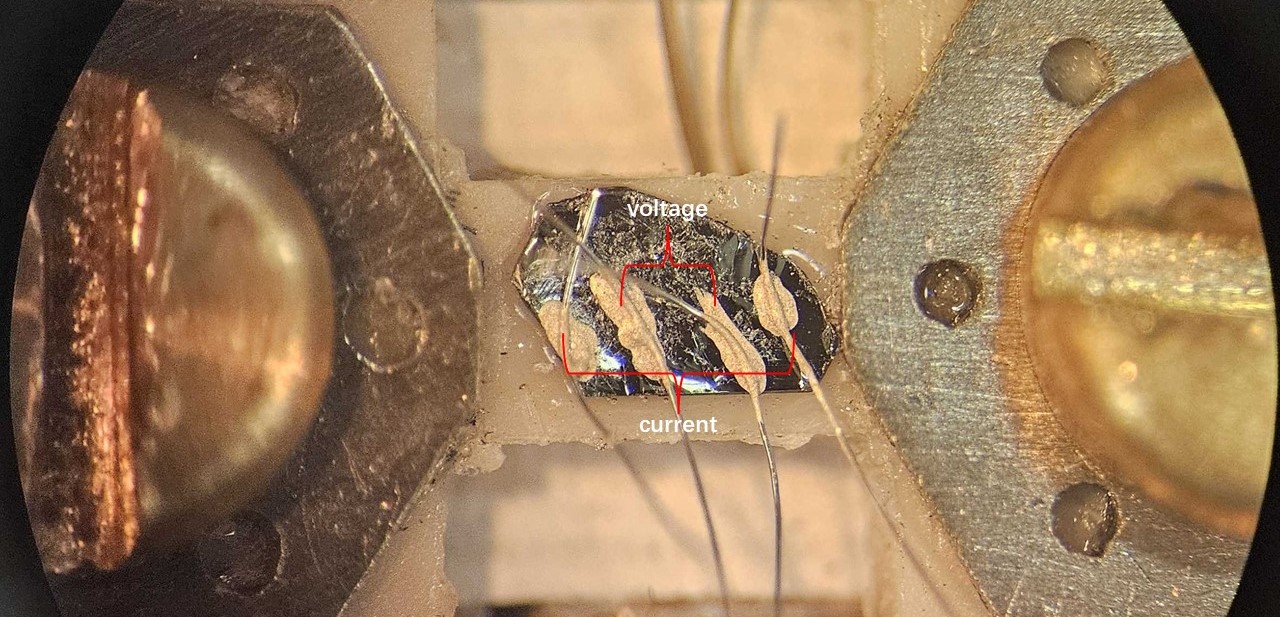
Study on the Strain Dependence of the Electrical Resistance of NbSe2 at Low Temperatures
Design eines kompakten, mobilen Aufbaus zur Kristallzüchtung aus wässrigen Lösungen
Marcel Lehmann, 2025
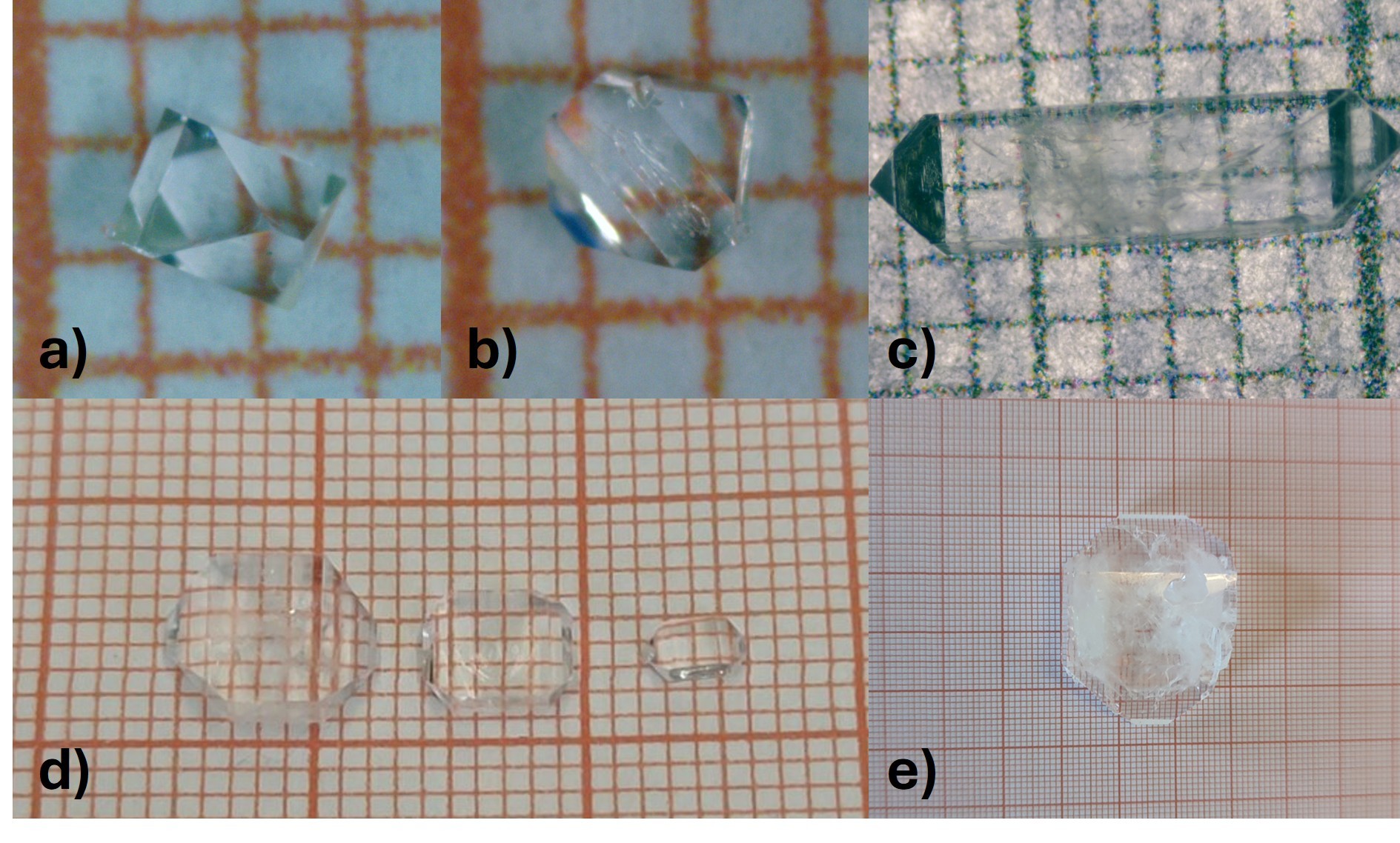
Designing a compact tabletop setup for crystal growth from aqueous solutions


